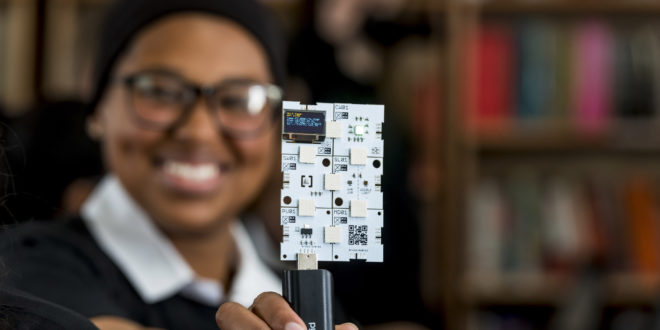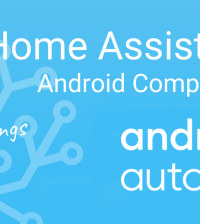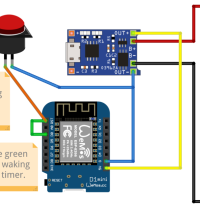- makeITcircular 2024 content launched – Part of Maker Faire Rome 2024Posted 2 weeks ago
- Application For Maker Faire Rome 2024: Deadline June 20thPosted 2 months ago
- Building a 3D Digital Clock with ArduinoPosted 7 months ago
- Creating a controller for Minecraft with realistic body movements using ArduinoPosted 7 months ago
- Snowflake with ArduinoPosted 8 months ago
- Holographic Christmas TreePosted 8 months ago
- Segstick: Build Your Own Self-Balancing Vehicle in Just 2 Days with ArduinoPosted 8 months ago
- ZSWatch: An Open-Source Smartwatch Project Based on the Zephyr Operating SystemPosted 9 months ago
- What is IoT and which devices to usePosted 9 months ago
- Maker Faire Rome Unveils Thrilling “Padel Smash Future” Pavilion for Sports EnthusiastsPosted 10 months ago
XinaBox xChips: IoT-focused prototyping, coding, making and learning by RS Components

With the XinaBox xChip hardware modules, RS Components is adding more ways to prototype and expand the functionality of popular single-board computers like Raspberry Pi and BeagleBone.
The xChip concept makes a wide variety of electronic functions available in a standardised modular format that can be assembled, in any order, to build electronic devices quickly and easily without soldering. xChip bridges are available to connect with Raspberry Pi and Raspberry Pi Zero, BeagleBone Black, Minnowboard, 96 Boards and Micro:Bit allowing designers, makers and teachers to use their preferred single-board computer for rapid prototyping, STEM teaching or simply learning to code.
xChips work in all popular programming environments so users can begin coding in minutes without prior electronics knowledge, as there is no need to design and debug hardware.
RS is stocking an expanding selection of xChip cores including ESP8266, ESP32, ATSAMD21/Cortex M0+, ATmega328P, and SHA-256 cryptographic acceleration, LoRaWAN communication, gesture detection, and VOC environmental/weather sensing, which enhance opportunities for developing Internet of Things (IoT) and other projects.
The full range of xChip modules from XinaBox encompasses processor boards and a variety of supporting functions including WiFi and Bluetooth, OLED displays, capacitive touch sensing, proximity sensing, temperature sensing, universal digital and analogue input modules and many others. In addition, users can take advantage of numerous posted projects that are available online to assist learning or jump-start development of new products.
For more information you can jump on eejournal.com.
















